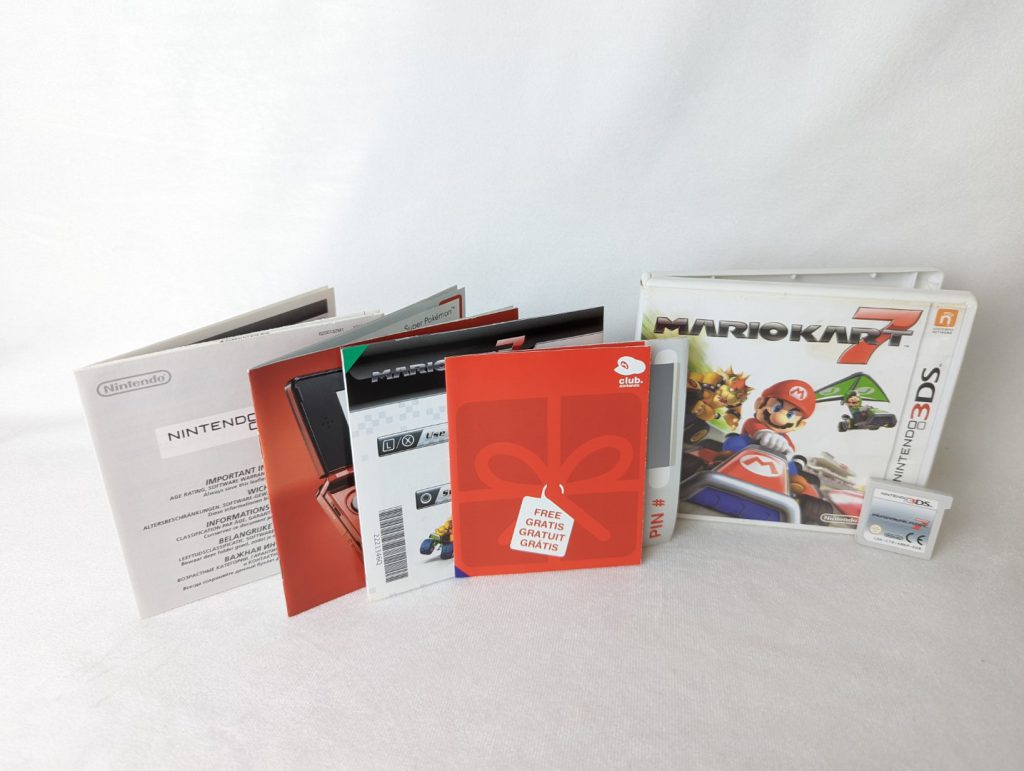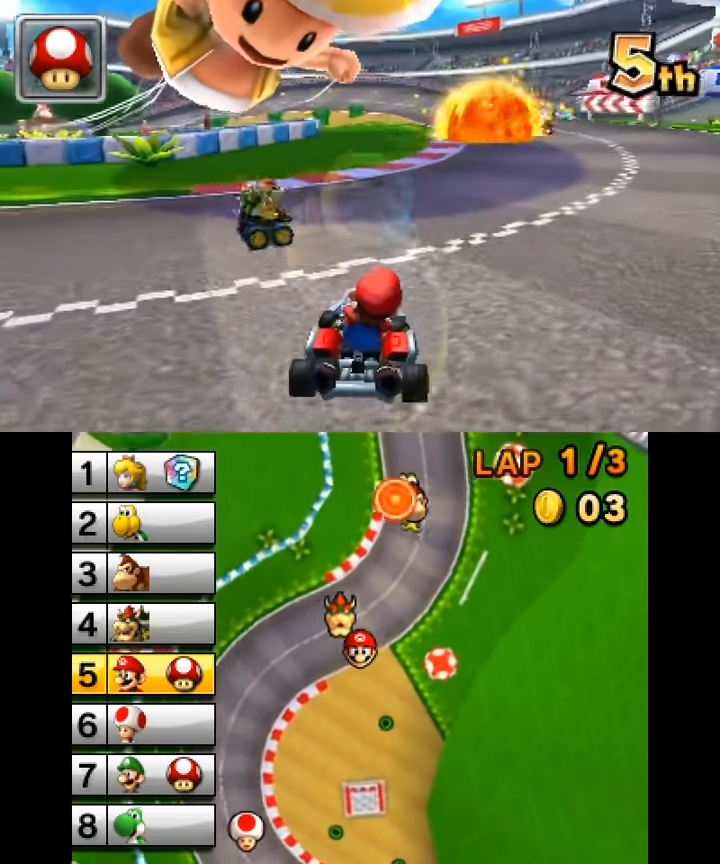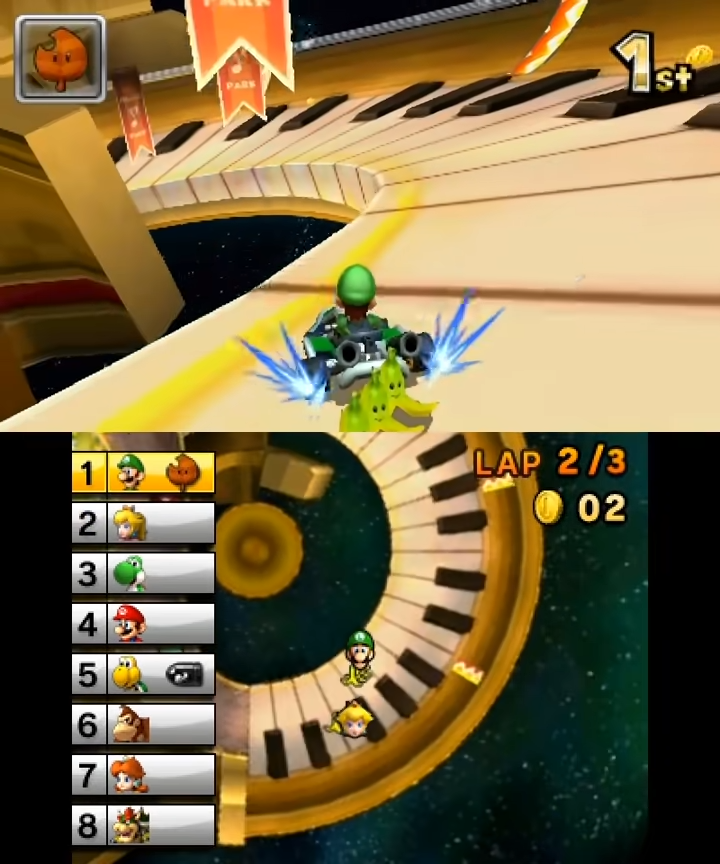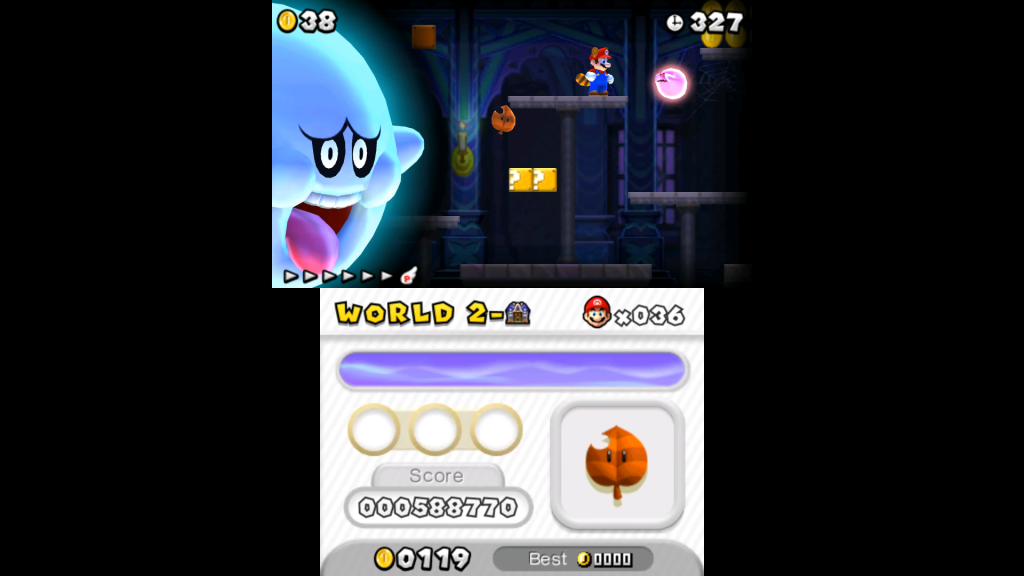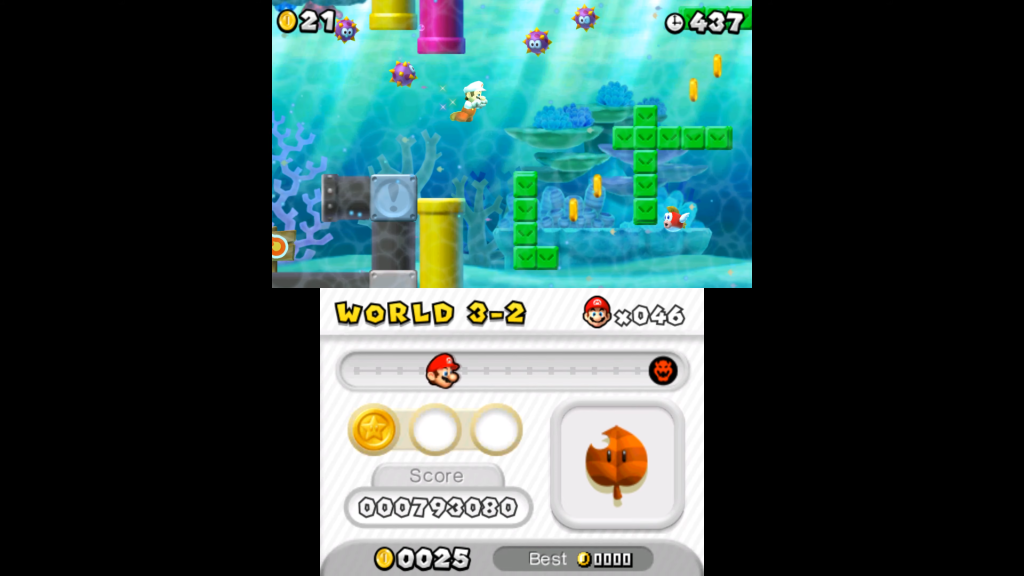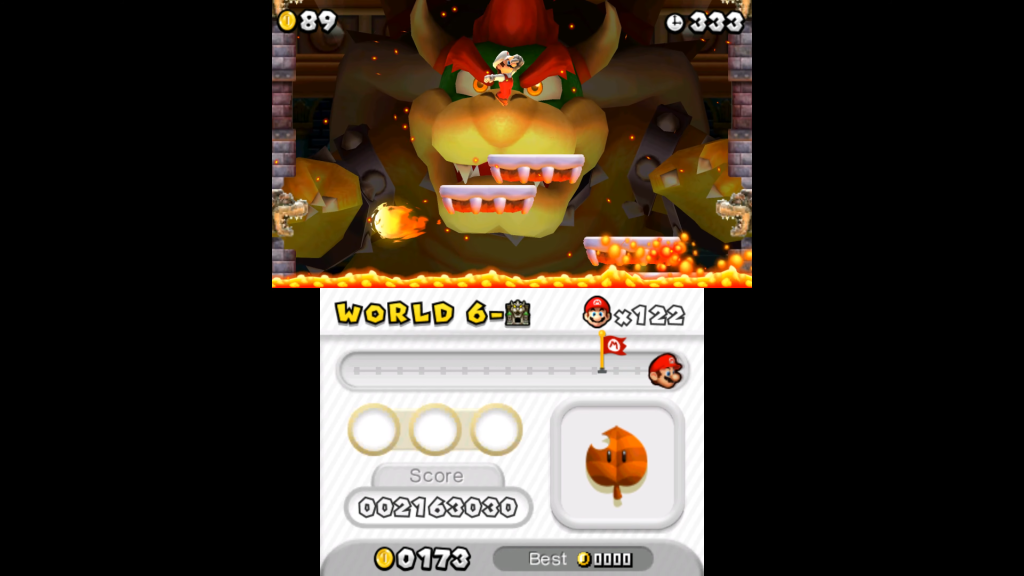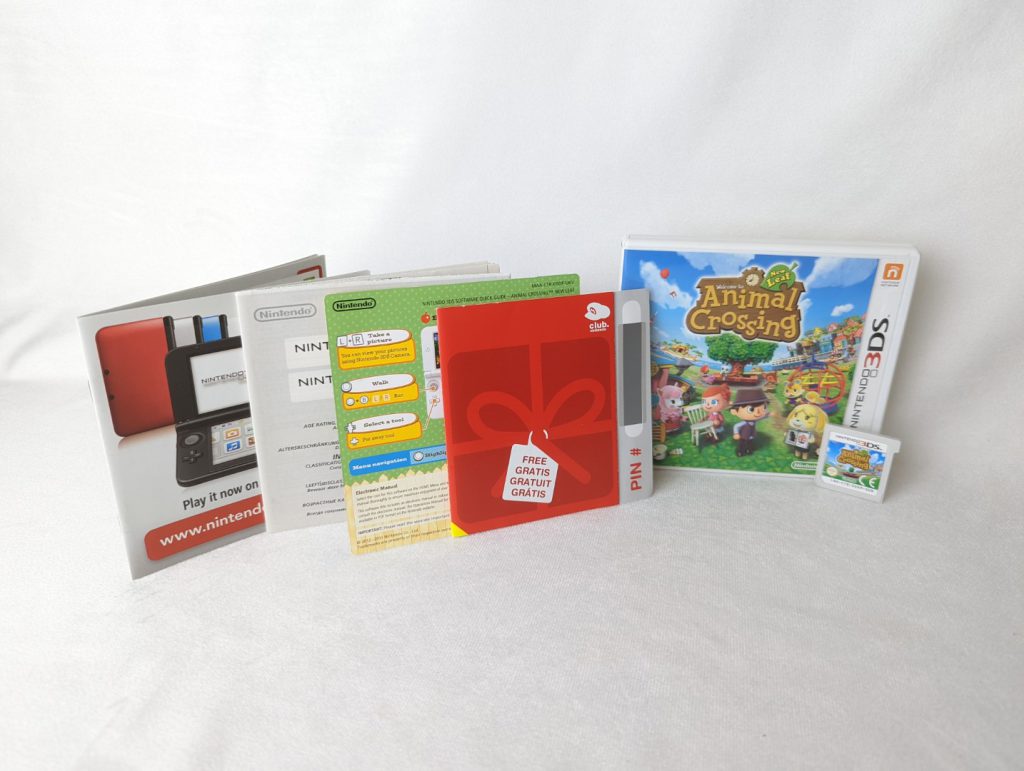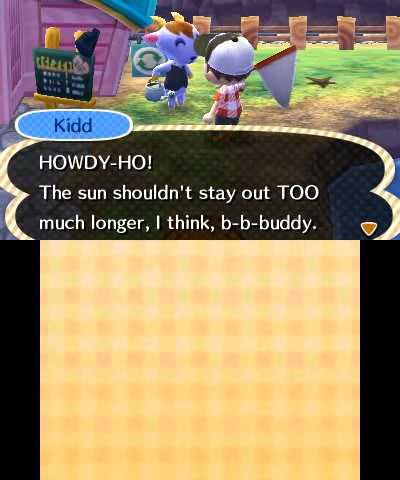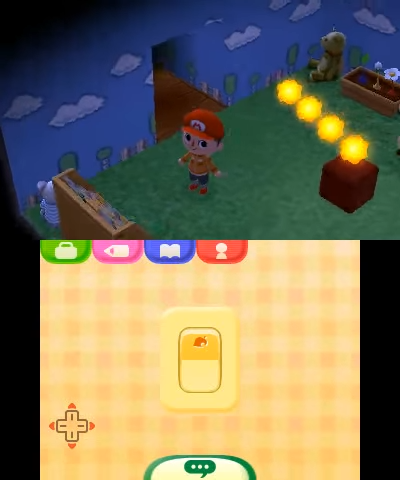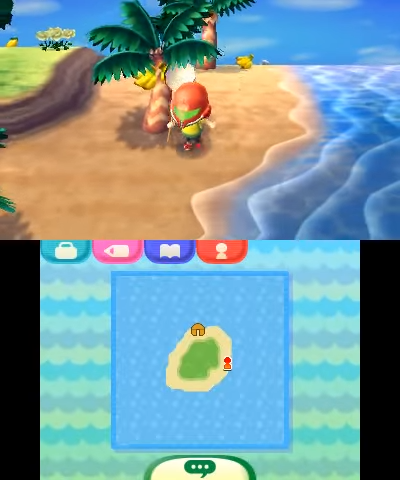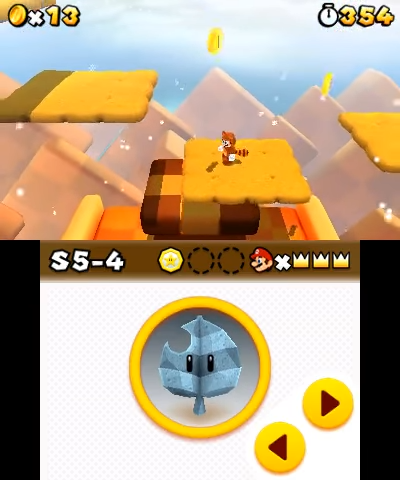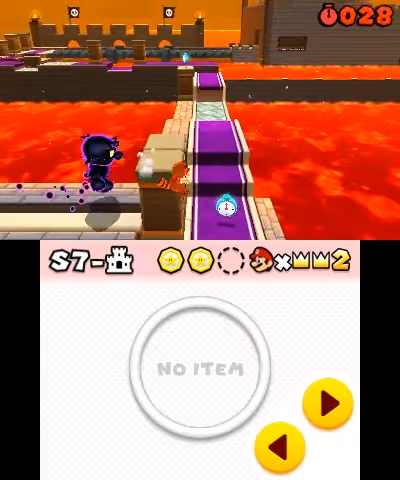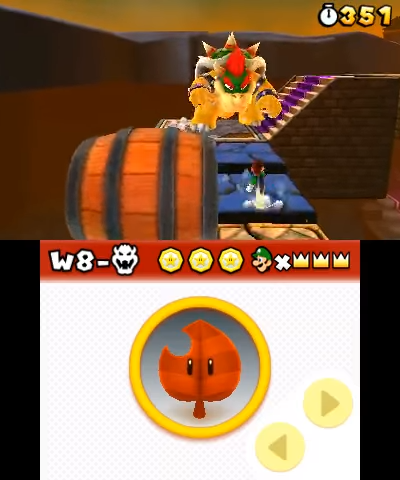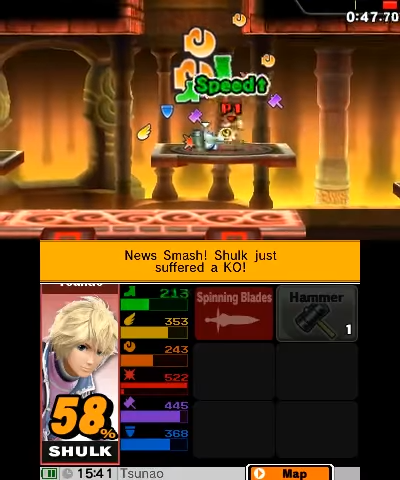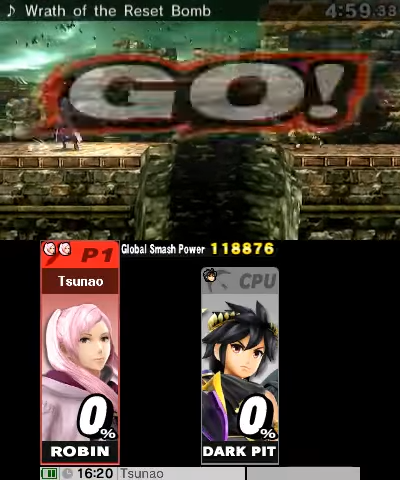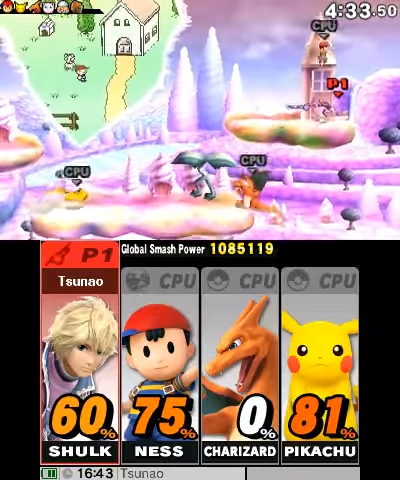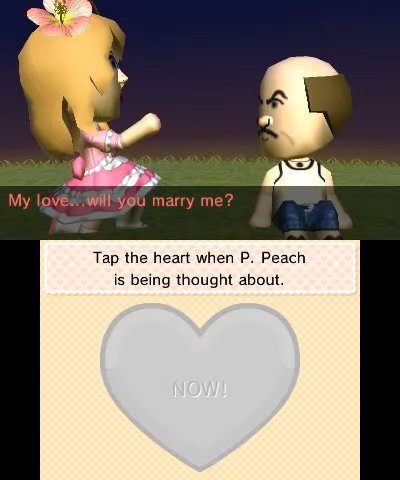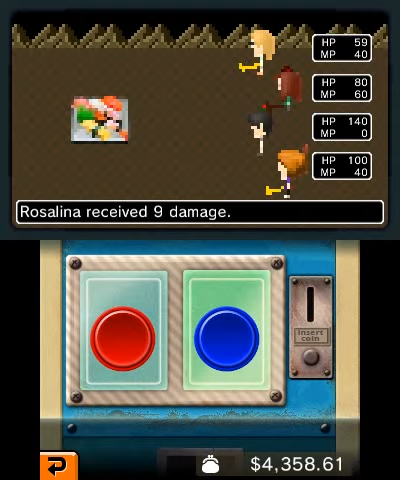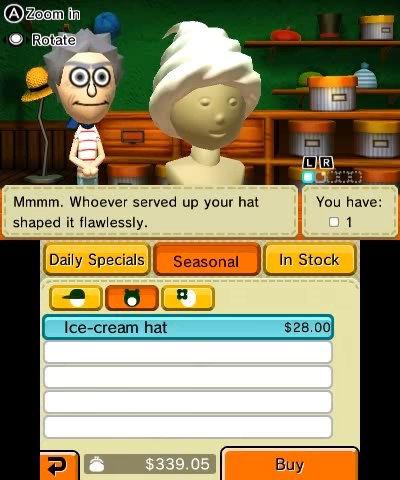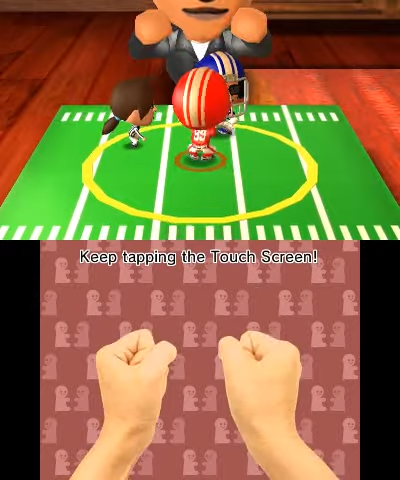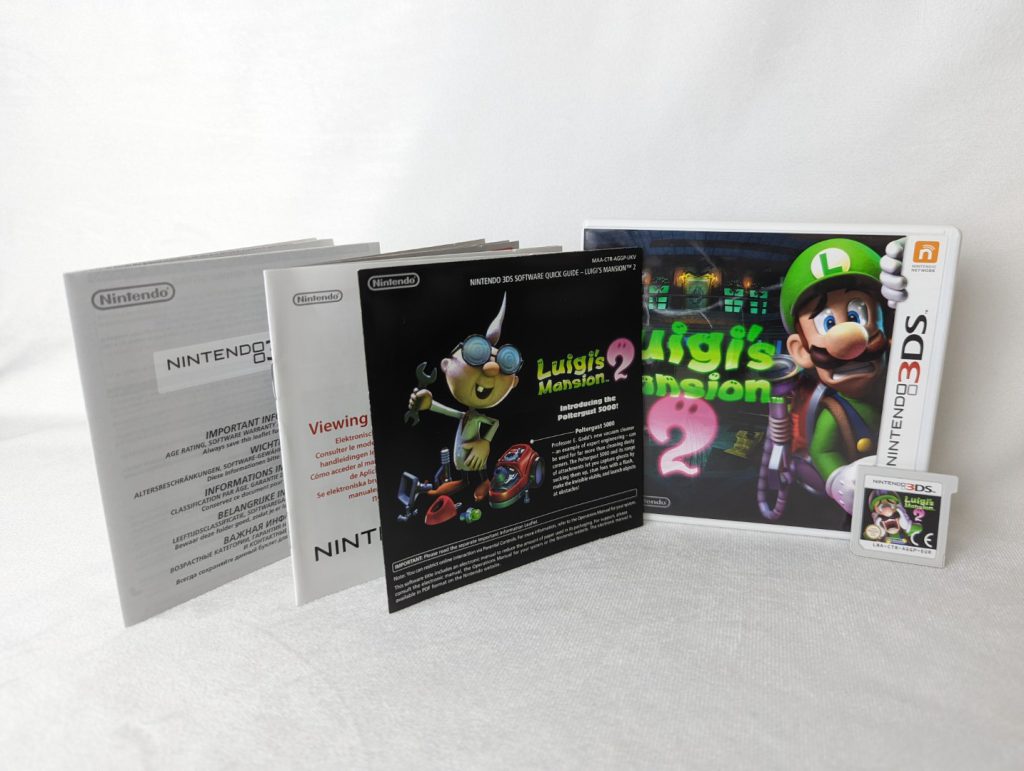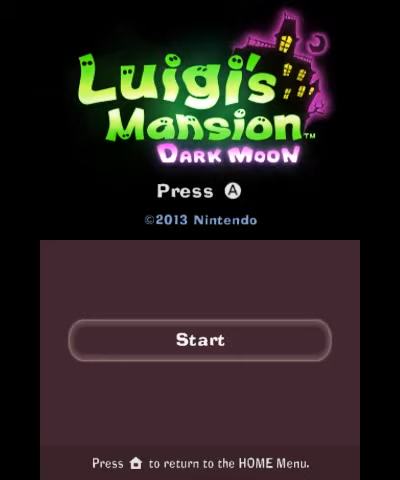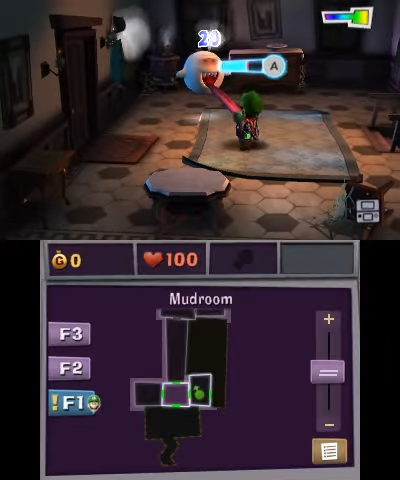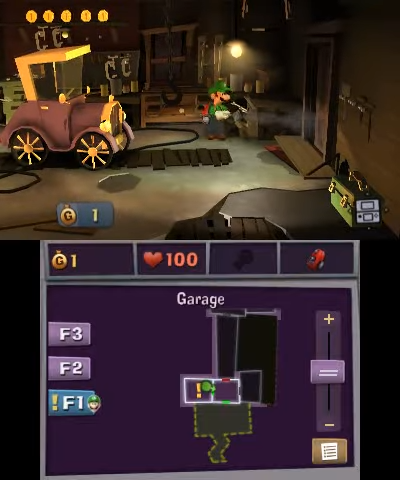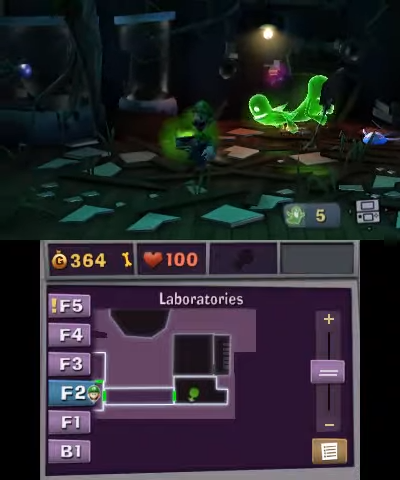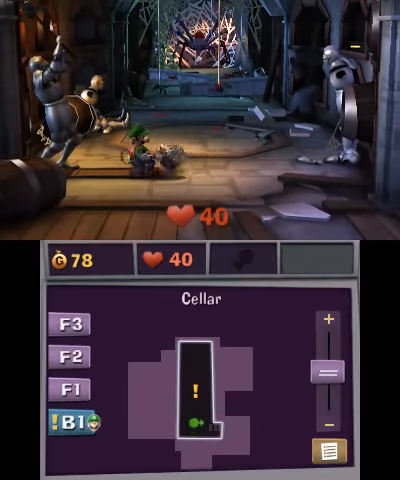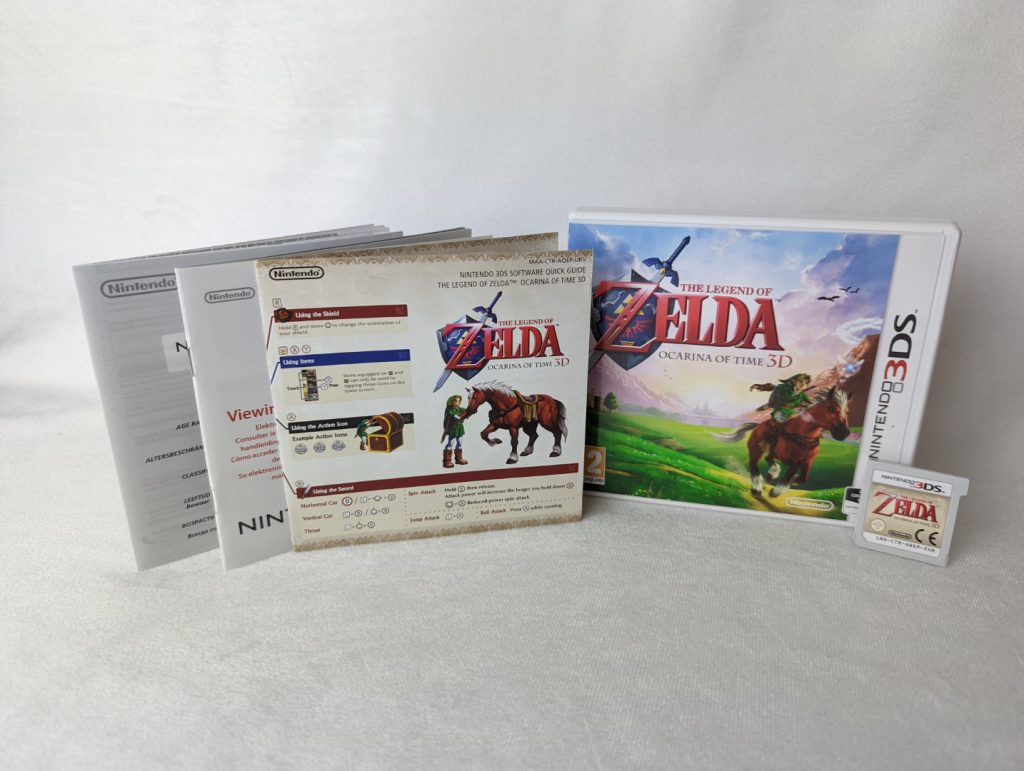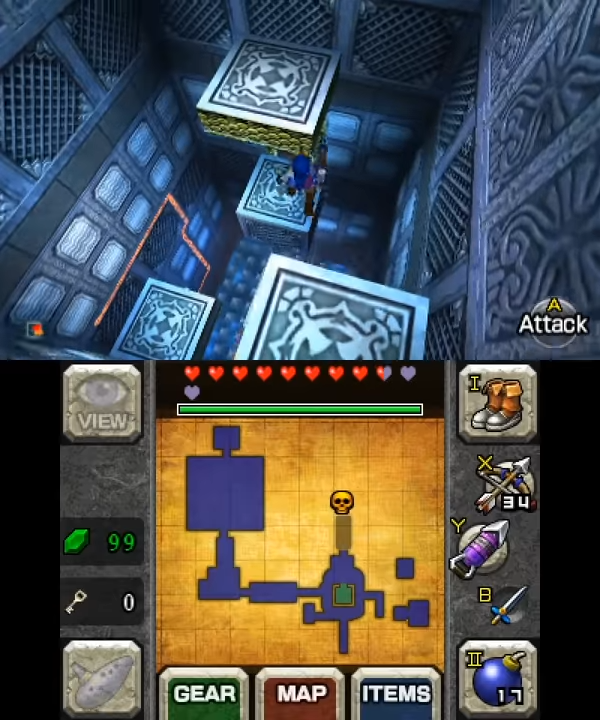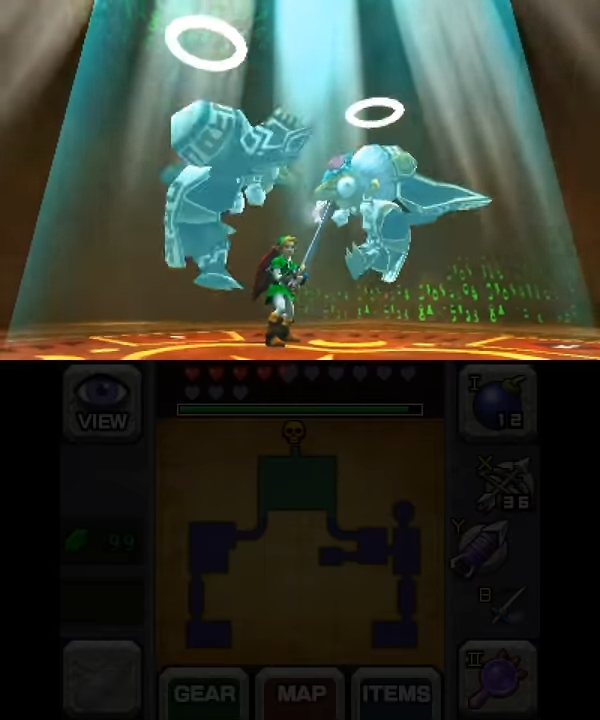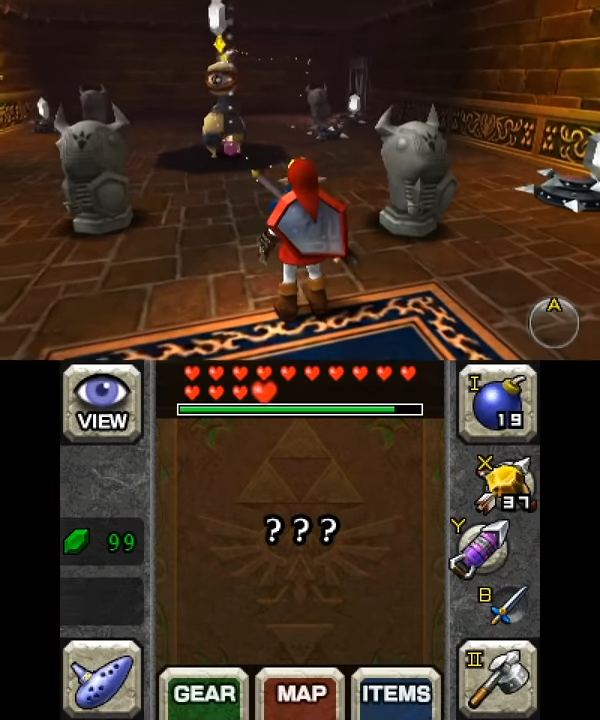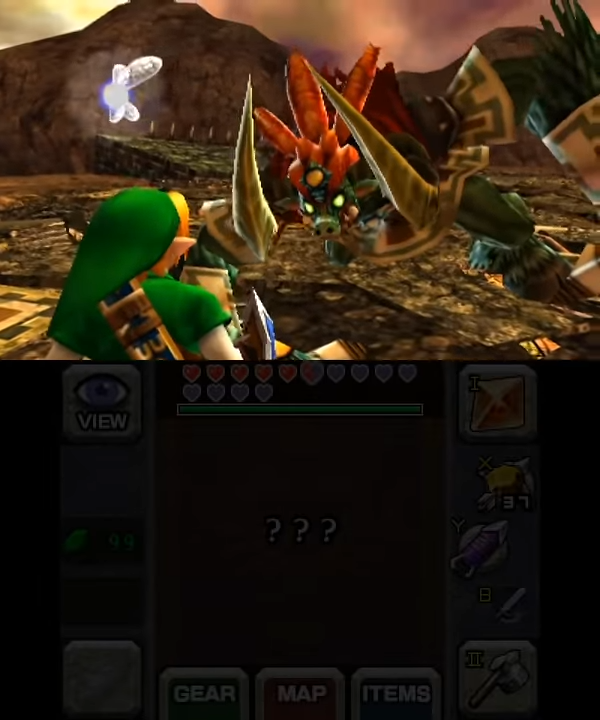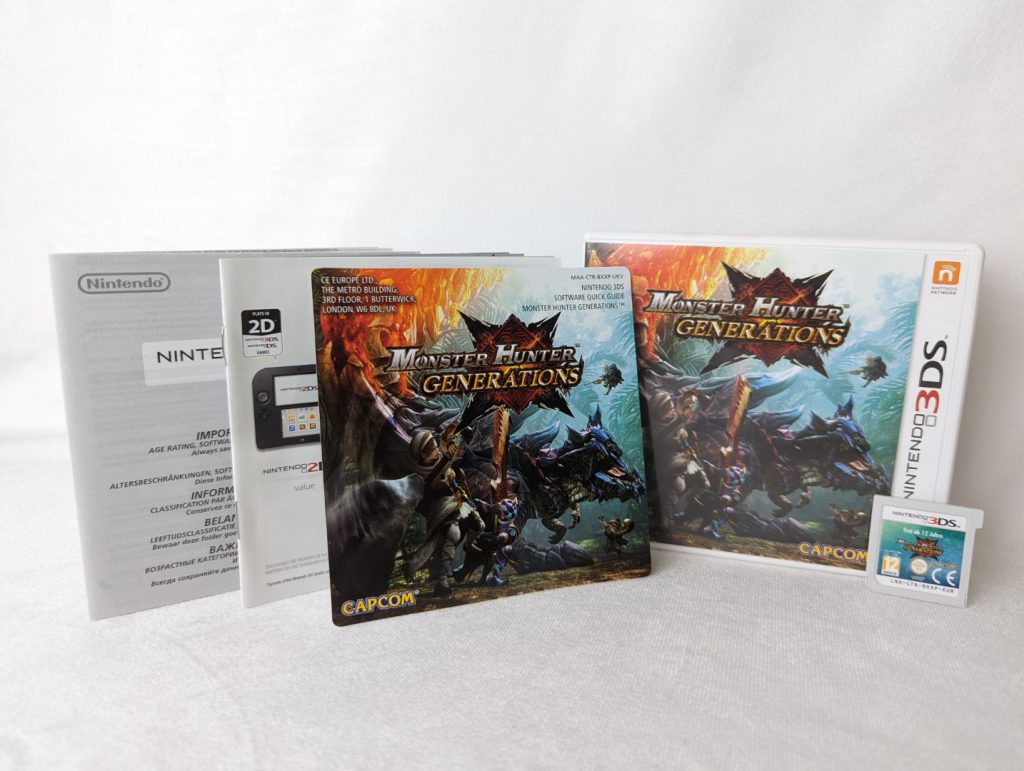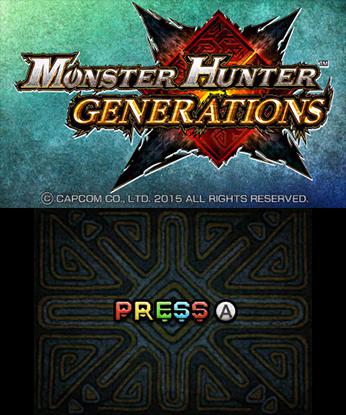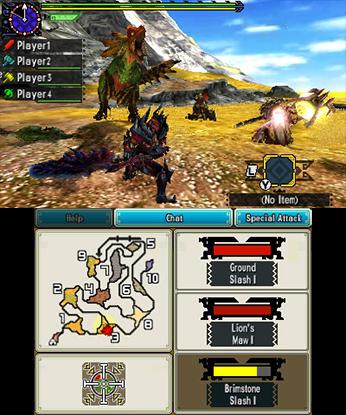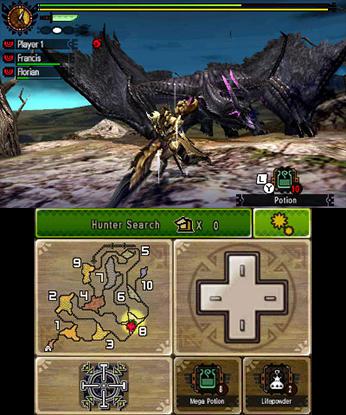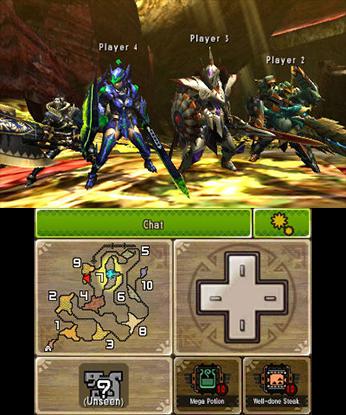As some of you know, I have set myself a quest in regards to my game collecting. My goal is to collect the top 10 best selling games of every platform that I own (minus the Pokemon games) and I have recently completed my first top 10. The Nintendo 3DS.
1. Mario Kart 7
Mario Kart 7 is the seventh installment of the fast paced kart racing game which features an all-star cast from the Super Mario universe. The game continues the tradition of featuring various courses for eight players to race through while using a number of different power ups; avoiding banana peels, and launching red shell projectiles at rival opponents. The mechanics of Mario Kart have evolved allowing the race karts to transform in the middle of a race between a hang glider and a hydro submersible vehicle upon encountering aerial of underwater course segments respectively. The customization also introduces new features in building the ultimate vehicle, choosing from various frames which range in weight, a selection of tires which affect the handling of the vehicle on certain surfaces. There are 32 selectable tracks of which sixteen are new tracks, and the others are enhanced tracks from previous games. Several returning items like Koopa Shells, Banana Peels, and Super Mushrooms are present. Mario Kart 7 also features three items new to the Mario Kart series: the Fire Flower, the Super Leaf, and Lucky 7, which bestows seven items at once. In addition to traditional controls, Mario Kart 7 can be played using the Nintendo 3DS gyroscope, in which the action is viewed in first person and the player steers the kart simply by turning the entire game system. While racing, collecting coins can provide the vehicle with a brief boost of speed.
Multiplayer is supported for up to eight people in Grand Prix, VS, and Battle Modes. Time trial “ghost” data can be shared as well, and Nintendo 3DS owners who don’t have the game can use the Download & Play option to join in Grand Prix mode. The improved multiplayer mode allows eight players to connect online and compete together. Players will be treated with a detailed stat tracker that can be exchanged with other players through StreetPass and SpotPass networking features. The innovative community feature allows for several online customization, matchmaking, and player networking.
Release Date – December 1, 2011
Copies Sold – 18.95 million
2. New Super Mario Bros. 2
Bowser has once again kidnapped Princess Peach, but this time, Mario has another objective. The Mushroom Kingdom is bursting with more gold coins than before. Each level is littered with gold as coins rain down from overhead pipes, trails of coins are left behind special gold enemies and gold pipes transport Mario into coin-filled caverns. It’s up to players to collect as many coins as possible throughout their adventure.
Release Date – July 28, 2012
Copies Sold – 13.39 million
3. Animal Crossing: New Leaf
Animal Crossing: New Leaf is a social simulation game. The player takes on the role as the new mayor in a small village populated by animals. Gameplay consists of improving the village with new buildings and decorations, collecting furniture and items for one’s house, and donating fossils, fish, insects and art to the local museum.
Several features in the game make their series debut here, while others have been brought back from older Animal Crossing games after having not been seen in the DS or Wii entries. These include public works projects, which allow new landmarks and buildings to be added to the town, as well as altering the appearance of certain major buildings; the Dream Suite, which allows players to visit other towns in a single-player session; a tropical island that hosts minigames and multiplayer interactions; Re-Tail, a store that acts as a flea market and allows the player to customize certain furniture items with alternate color schemes or patterns; and QR code sharing for player-made clothing and patterns.
Release Date – November 8, 2012
Copies Sold – 12.97 million
4. Super Mario 3D Land
Super Mario 3D Land is a three-dimensional platformer which takes cues from the series’ side-scrolling instalments. Mario starts a point in each level which he must traverse to reach a flagpole at the end.
The levels are populated by many of the series’ mainstays such as Goombas, Koopa Troopas, Cheep Cheeps, etc. who will try to attack Mario. When he is attacked, he will lose his current power-up or shrink down to a small size if he hasn’t already, in which case he will lose a life and must retry the level. If this happens multiple times, the player can activate the White Tanooki suit to grant Mario invincibility for that level.
He can grow back to normal size again by collecting a mushroom. Some of the power-ups Mario can use to aid him include the Tanooki suit, which allows him to hover in the air while jumping and use a spinning attack, and the Flower Suit, which allows him once again to shoot fireballs in the direction he is facing.
Release Date – November 3, 2011
Copies Sold – 12.84 million
5. Super Smash Bros. for Nintendo 3DS
Super Smash Bros. for Nintendo 3DS is the fourth entry in Nintendo’s crossover fighting franchise, featuring dozens of characters from across Nintendo’s catalog, along with a few special guests. The basic formula is unchanged since the previous title: up to four characters, controlled by either human players or the computer, duke it out in a side-scrolling arena. As characters take damage, they are sent flying further by attacks, and if they fly — or fall — out of the arena, then they’re out!
Most of the fighters from previous entries have returned, along with numerous newcomers, including Mega Man, Pac-Man, Little Mac (Punch-Out), Shulk (Xenoblade Chronicles), Palutena (Kid Icarus), Villager (Animal Crossing), and numerous others for a total of more than three dozen playable characters. It is also possible to design a custom Mii-style fighter using parts and abilities unlocked throughout the game; this character can also be transferred for use in Super Smash Bros. for Wii U.
The game includes standard 2-to-4-player battle modes, including both time and stock matches, playable via either local wi-fi or internet play. New in this entry is the Smash Run mode, where each player must defeat enemies in a sprawling world map to collect upgrade items to boost their character’s abilities. When the time is up, players then fight against each other with their upgraded characters. Returning from previous entries is the All Star mode, where the player must defeat all other characters in the game in order, with only limited healing items available. The trophy collection system introduced in Melee also returns, giving players a glimpse at classic and modern Nintendo characters and other objects in full 3D.
Release Date – September 13, 2014
Copies Sold – 9.63 million
6. Tomodachi Life
Tomodachi Life is a social simulation video game for the Nintendo 3DS. The game, a sequel to the Japan-exclusive Nintendo DS title Tomodachi Collection, was released in June 2014 worldwide.
The game begins with the player naming their island and creating or importing their personal Mii, who is referred to as the player’s “look-alike” and lives in an apartment building. Once giving the player’s “look-alike” food to eat, they will ask for a friend. After creating another Mii for them, a short video will play set in the future showing the “look-alike”‘s possible future spouse and baby, whose faces are hidden. Afterward, the Town Hall will open, giving access to create more Miis.
The player visits a married couple’s house, where they can be seen playing with their baby.
The Miis are voiced by a Nuance-based text-to-speech software and can have unique personalities. Miis can perform various actions, such as eating, trying on different outfits, and engaging in many leisure activities. As more Miis are added to the island, many strange and curious interactions can occur between them, such as friendship, romance, conflicts, and even social events. As the game goes by, the player unlocks more locations, clothes, food, and other things for the Miis to interact with.
The game received generally positive reviews and good sales records. Many reviewers praised the gameplay but criticized the minigames.
Release Date – April 18, 2013
Copies Sold – 6.68 million
7. Luigi’s Mansion 2: Dark Moon
After the happenings of Luigi’s Mansion, Luigi once again has to put on his ghostbusting gear. This time he visits Evershade Valley, where the destruction of the Dark Moon caused all ghosts to become hostile to humans. Luigi is hired by the eccentric professor Gadd to visit five haunted mansions to retrieve the Dark Moon parts.
Luigi’s weapon of choice is vacuum device called PolterGust 5000 which is used to fight against the numerous ghost enemies. The basic procedure is always the same: Luigi has to stun the ghosts with the flashlight (in contrast to the predecessor, now the position and angle is important) so he can vacuum them in. Of course the ghosts struggle against it, so their movement has to be countered with the analogue stick. There are different kinds of enemies which require a variation of tactics, e.g. some ghosts have sunglasses which have to be removed first and others are only vulnerable briefly. There are also multi-stage bossfights.
The PolterGust 5000 is also used to solve puzzles, for example by sucking in a stove and using the flames to ignite something else. It is also a good idea to use the vacuum device on physical objects in the mansions in order to find secret passages or treasure. When Luigi picks up enough treasure, the PolterGust 5000 is automatically upgraded.
Besides the campaign, there is also a multiplayer mode which takes place in the ScareScraper, mansion with 25 floors. The available modes are hunter (sucking in as many ghosts as possible in a limited amount of time), rush (finding the exit in a limited amount of time; clocks can be picked up to extend the time limit) and polterpup (tracking down polterpulps, invisible ghosts, with the flashlight).
Release Date – March 20, 2013
Copies Sold – 6.33 million
8. The Legend of Zelda: Ocarina of Time 3D
The Legend of Zelda: Ocarina of Time 3D is a graphically enhanced remake of the Nintendo 64 version. The game has undergone some major changes. The graphics update and the addition of 3D-effects is the biggest one. The touchscreen is now used to replace the old menu which required the player to push the start button, now the player can simply select an item by touching it on the screen. There is also the gyroscopic technology which allows the player to aim by moving the system, this makes it easier to use weapons like boomerangs and slingshots. The game also contains the Master Quest version and a new “boss challenge” mode. For the newcomers there is also a feature called “visions” that show the player how to complete certain tasks.
Story-wise the game has remained the same: Link is a young boy who lives in the Kokiri Forest, but is one day called to arms by the Deku Tree who tells him to leave the forest and find Princess Zelda. Link is told that he must stop the evil Ganondorf from taking over Hyrule. The game still has the same puzzles and the only change is that the Stone of Agony has been replaced by a “Shard of Agony” which does the same thing. The Master Quest is a version of the game with a mirrored world, new puzzles and stronger enemies, but was already released on the Nintendo Gamecube.
Release Date – June 16, 2011
Copies Sold – 6.22 million
9. Monster Hunter: Generations
Monster Hunter: Generations is an action role-playing game for the Nintendo 3DS. The game was released in July 2016. Like other titles in the Monster Hunter series, players undertake quests that involve hunting large dangerous creatures, either solo or in multiplayer. Major additions in this installment include special attacks, new combat styles, and the ability to play as Felynes who have traditionally only appeared as a companion to the player. Although it retains the core gameplay of previous mainline entries, Monster Hunter Generations is considered a spinoff title according to the developers.
Release Date – November 28, 2015
Copies Sold – 4.3 million
10. Monster Hunter 4: Ultimate
As with the other games in the series, Monster Hunter 4 has the player take the role of a fresh Hunter that undertakes quests and challenges to hunt dangerous creatures that inhabit various locales. As they proceed through these quests, they will gain various items, in-game money, and other rewards that are used to craft new weapons, armor, additional gear, and health, restoration, and temporary buffing items that can be taken into later quests. The player’s character does not intrinsically improve over the course of the game, but their abilities are set by the weapon and armor they carry into the quests, which improve as the player takes on more challenging quests. The game allows the player to use any of the twelve basic weapon types in the game, each having unique battle approaches that the player must master, and can switch between these weapons before departing on quests.
When on a quest, the player is taken to a remote location made up of several smaller areas, where both passive and aggressive creatures roam. The player can explore through these areas, taking the time to accumulate materials such as ores, bugs, and plant parts used to make gear and potions, or by slaying creatures throughout the areas. Some quests allow the player to explore the area as long as they want to accumulate goods, while other quests have the player attempt to slay a number of smaller creatures. The bulk of the quests in the game requiring hunting one or more of the larger monsters that can inhabit the areas, and ending the quest by killing or trapping the creature. These quests are limited by time, as well as the resources available to player. The character can fall in battle due to loss of health twice, causing the player to continue the quest from the starting area, but after falling a third time, the quest is considered failed, as is running out of time. The player can also quit out of any quest at any time, foregoing any rewards for it, but also retaining the items you used.
Release Date – February 13, 2015
Copies Sold – 4.2 million

